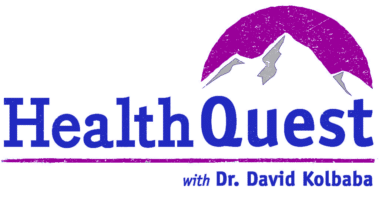CNN
There was a significant increase in fatal car crashes in the United States around the time of the 2017 total solar eclipse, a new analysis shows.
The analysis, published as a research letter Monday in the journal JAMA Internal Medicine, found a 31% increase in traffic risks around the time of the eclipse, similar to the increase in risk around other holidays like Thanksgiving. In absolute terms, this is an average of 1 extra crash-involved person every 25 minutes and 1 extra crash fatality every 95 minutes.
Dr. Don Redelmeier, co-author of the analysis and professor of medicine at the University of Toronto, said that the heightened traffic risk is not due to the eclipse itself and the transient change in light but rather the increase in the number of people traveling. An estimated 20 million people in the US traveled to another city to view the 2017 solar eclipse, according to the study.
People are more likely to be distracted, driving on unfamiliar roads and speeding to arrive at their destination on time, Redelmeier said. They may also be intoxicated from eclipse-related celebrations or may choose to view the event from unsafe roadside locations, he added.
“One of the surprises that I didn’t anticipate was that the risks do not occur at the exact moment of totality. It’s not when everything is dark and black and chilly, but instead, they occur in the hours before and after,” Redelmeier said.
The analysis found that the hours after the eclipse are especially dangerous, with an almost 50% higher traffic risk than average.
To calculate the traffic risk, researchers compared the number of all fatal traffic crashes in the three-day interval centered on the day of the eclipse – August 21, 2017 – and three-day control intervals a week before and after the eclipse. The control intervals were chosen to match the days of the week and to account for seasonal and weekly variations in risk.
A US Navy calculator was then used to determine the time of each car crash relative to the time of maximal eclipse based on latitude and longitude, according to the study.
The analysis showed that the heightened traffic risk was consistent across age, sex, and race and ethnicity. Clear weather seemed to accentuate the risk, most likely because areas with clear skies attracted more potential eclipse viewers, Redelmeier said.
As the next total solar eclipse approaches on April 8, Redelmeier said he is worried that a similar pattern may occur. The path of the April eclipse is within driving range for more than 200 million people within the US, according to the study.
“An awareness of the risks allows people to be more mindful when they’re driving and might inspire a safer experience for us all every day, not just on the eclipse day,” he said.
To prevent an increase in traffic fatalities, people should respect speed limits, minimize distractions, wear their seatbelts and avoid driving while impaired, Redelmeier said.
In a video posted on X, US Federal Highway Administration chief Shailen Bhatt said that people should plan to arrive at their destinations early, avoid parking near oncoming traffic and watch out for pedestrians and bicyclists. He also added that people should not watch the eclipse while driving.
“Please, everyone, look out for each other during this spectacular event,” Bhatt said. “Don’t have an eclipse in judgement.”

